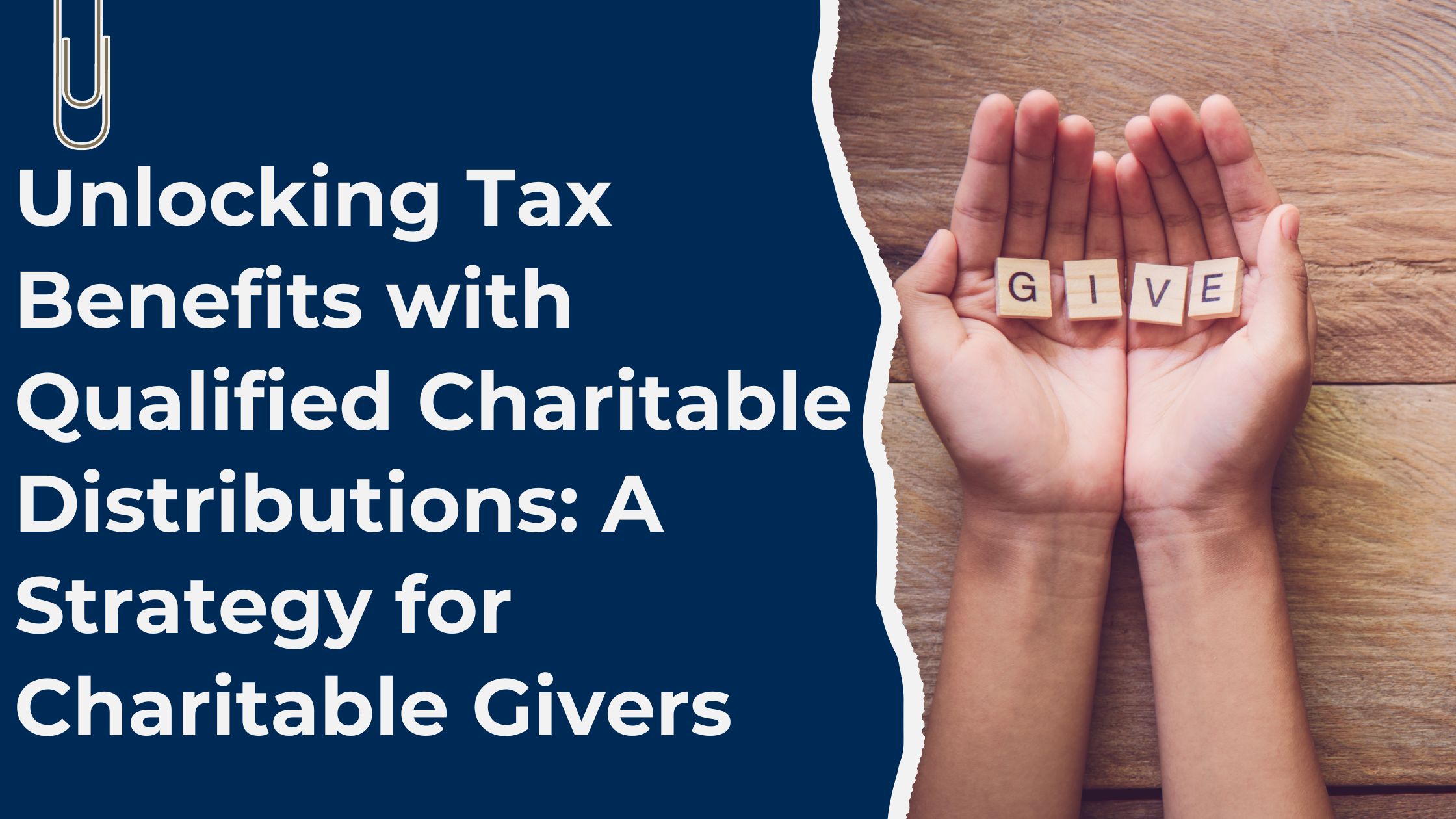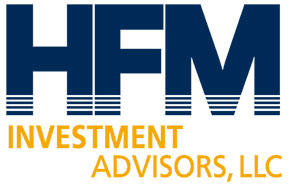
Unlocking Tax Benefits with Charitable Distributions: A Strategy for Charitable Givers
At HFM, one of the most significant values we provide our clients is leveraging our experience in helping hundreds successfully navigate through life’s transitions. This episode of the Dollar Wise Podcast delves into a financial strategy that many may not fully understand: the tax benefits of charitable giving through Qualified Charitable Distributions (QCDs).
Charitable Giving and Tax Benefits: What You Need to Know
When donating to charity, most people assume they’ll receive a tax deduction by simply providing the receipt to their accountant. However, due to changes in tax laws, this isn’t always the case. The Tax Cuts and Jobs Act of 2017 significantly increased the standard deduction, which now stands at $14,600 for individuals and $29,200 for married couples filing jointly in 2024. This change means that only those who itemize their deductions, whose total deductions exceed these amounts, effectively received a charitable deduction for those contributions that exceed. For the majority of taxpayers who do not itemize, this results in little to no direct tax benefit from their donations.
Think Outside the Box with Qualified Charitable Distributions (QCDs)
To receive a tax benefit from charitable contributions, we need to explore alternative strategies, such as Qualified Charitable Distributions (QCDs). QCDs allow individuals aged 70½ or older to transfer up to $105,000 per year (increased for 2024) directly from their Individual Retirement Accounts (IRAs) to qualified charities. The key advantage? The donated amount never hits your taxable income, so the deduction is irrelevant, offering a unique way to support your favorite causes while potentially lowering your tax burden.
Who Can Benefit from QCDs?
QCDs could be especially beneficial for those aged 70½ and older, who are charitably inclined and have IRAs. Notably, QCDs count towards Required Minimum Distributions (RMDs) if done properly, which begin at age 73 (and will eventually increase to age 75). This is the point at which the IRS mandates that retirees withdraw a certain percentage of their tax-deferred retirement savings annually, generating taxable income. By using QCDs, retirees can potentially reduce their taxable income and simultaneously satisfy their RMD obligations.
How QCDs Work: Simplifying the Process
Imagine you’re 74 years old with a $1 million IRA and are required to take an RMD of $38,000. If you normally donate $5,000 to a charity directly (potentially receiving little to no effective tax deduction), you can do so through a QCD, which reduces your taxable income without affecting your RMD obligation. Instead of taking the full $38,000 from your IRA and paying taxes on the entire amount, you’d only report $33,000 as taxable income, with the $5,000 QCD going directly to the charity.
Maximizing the Benefits of QCDs: Planning and Execution
To take full advantage of QCDs, it’s essential to plan carefully:
- Eligible Accounts: QCDs apply only to IRAs and do not extend to 401(k)s, SEPs, or SIMPLE IRAs still receiving contributions.
- Proper Documentation: Ensure that the charity provides an acknowledgment of your donation, which is crucial for tax reporting purposes.
- Clear 1099 Reporting: The 1099 form from your IRA provider may not clearly distinguish between standard distributions and QCDs. Make sure your tax preparer understands the nature of your withdrawals to avoid misreporting.
- Sequence Matters: To satisfy your RMD with a QCD, ensure that the QCD is the first distribution taken out of the IRA within the calendar year.
QCDs in Your Financial Plan: A Valuable Tool for the Charitably Inclined
While QCDs provide a unique tax advantage, it’s important to align your charitable giving with your financial goals rather than letting tax benefits dictate your actions. This strategy is particularly useful for retirees who wish to give back but are also looking to manage their taxable income efficiently.
At HFM, we regularly help clients navigate these complex financial decisions, ensuring they maximize their charitable impact while minimizing their tax liabilities. If you’re interested in exploring how QCDs could fit into your financial plan, feel free to reach out to us at hfmadvisors.com.
Remember, the best financial strategies are those that align with your personal goals and values. Let’s make the most of your charitable intentions—both for your favorite causes and your tax picture.

102 WEST HIGH STREET, SUITE 200
GLASSBORO, NJ 08028
HFM Investment Advisors, LLC is a registered investment adviser. All statements and opinions expressed are based upon information considered reliable although it should not be relied upon as such. Any statements or opinions are subject to change without notice. Information presented is for educational purposes only and does not intend to make an offer or solicitation for the sale or purchase of any specific securities, investments, or investment strategies. All investments involve risk and are not guaranteed. Information expressed does not take into account your specific situation or objectives and is not intended as a recommendation appropriate for any individual. Listeners are encouraged to seek advice from a qualified tax, legal, or investment advisor to determine whether any information presented may be suitable for their specific situation. Past performance is not indicative of future performance.
